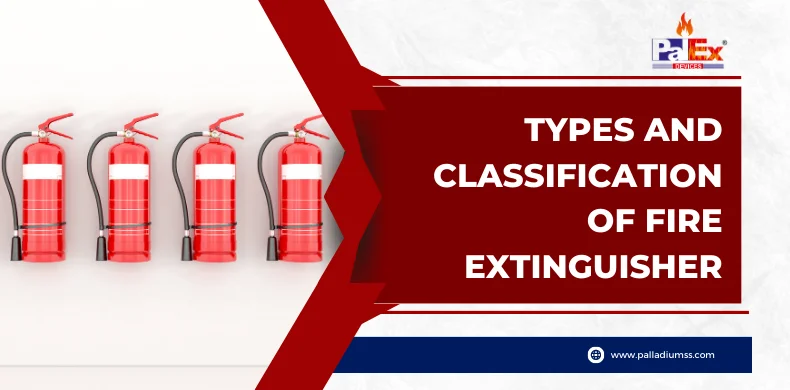Classification of fire Extinguisher
The fire extinguisher classes A, B, C, and D are available, and each category can extinguish a completely different type of fire.Class A
-
Class B
-
Class C
-
Class D
-
Class E
-
Class F
5 Types of Fire Extinguisher
- Water ( Water Mist, Water Spray)
- Foam
- Dry Powder
- Carbon Dioxide (CO2)
- Wet Chemical
Water Extinguishers
Water extinguishers are the most common type for class A fire risk. Water is written on it. With this, you can quickly identify.● Label Color – Bright red.
- Use For:
- Do not use for:
- Fires involving electrical equipment
- Kitchen Fires
- Flammable gas and liquids
Foam Extinguishers
A foam extinguisher is the most common fire extinguisher for Class B fires. Find a good Fire Extinguisher manufacturer who could give you a good quality fire extinguisher. And safety can be guaranteed.- Label Colour: Cream
- Use For:
- Do not use for:
- Kitchen Fires
- Fires involving electrical equipment
- Flammable metals
Dry Powder Extinguisher
Standard dry powder extinguishers are also called ‘ABC’ because they tackle class A, B, and C fires.- Label Colour: Blue
- Use for:
- Organic Materials Example: Paper, Cardboard, Wood Flammable liquids example: paint and petrol
- Flammable Gases Example: liquid petroleum gas (LPG) and acetylene
- Do not use for:
- Fires involving cooking oil.
- Fires involving electrical equipment over 1000V.
Carbon Dioxide (CO2) Extinguishers
CO2 Extinguishers are mainly used in electric fire dangers and are usually the primary fire extinguishers in computer server rooms.- Labour Colour: Black
- Use For:
- Flammable liquids, for example, paint, and petrol
- Electrical fires
- Do not use for:
- Kitchen fires
- Combustible materials example: paper, wood, or textiles Flammable metals
Wet Chemical Extinguishers
Wet chemical fire extinguishers are used in cooking oil and fat fires.- Label Colour: Yellow
- Use for: Cooking Oil/ Fat fires
- Do not use for:
- Flammable liquids or gas fires
- Electrical fires
- Flammable metals



